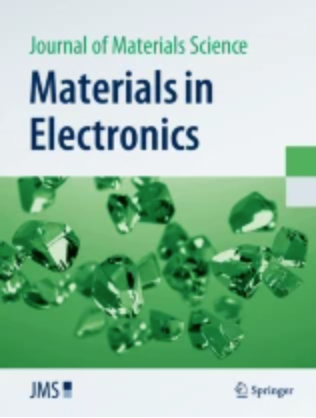Study on the interfacial reactions for Ag/Sn/Cu TLP during transient liquid phase soldering process
Abstract
Transient liquid phase (TLP) bonding is a promising electronic packaging technology to satisfy the needs of operating at high temperatures due to the increasing power density of power electronic devices. More and more power chips are finished with Ni/Ag metallization, while the top metal is Cu in direct bonded copper. However, interfacial reactions in Cu/Sn/Ag system were rarely studied. In order to explore the intermetallic reaction kinetics between solder and substrate in Cu/Sn/Ag system, this study investigated the effect of different reflow temperatures (250–350 °C) and time (30–960 s) on the microstructure evolution of the interfaces of three different TLP systems (Cu/Sn, Ag/Sn and Cu/Sn/Ag), and the growth kinetics of two intermetallic compounds (IMCs) Cu6Sn5 and Ag3Sn. The results indicate that the activation energy of Cu6Sn5 in Cu/Sn/Ag TLP increases by 42.8% compared to Cu/Sn TLP, and the activation energy of Ag3Sn increases by 34.1% compared to Ag/Sn TLP. During the solid–liquid process of Ag/Sn/Cu TLP, Ag atoms from the Ag substrate side will cross through the molten Sn layer to form Ag3Sn on the surface of Cu6Sn5 IMCs on the Cu substrate side. Meanwhile, Cu atoms from the Cu substrate side will reach Ag substrate side to form Cu6Sn5 on the surface of Ag3Sn IMCs. Heterogeneous IMCs at the interface hinder the grain boundary/melting channel for the diffusion of substrate atoms, increasing the activation energy and inhibiting their growth.

 求助内容:
求助内容: 应助结果提醒方式:
应助结果提醒方式:


